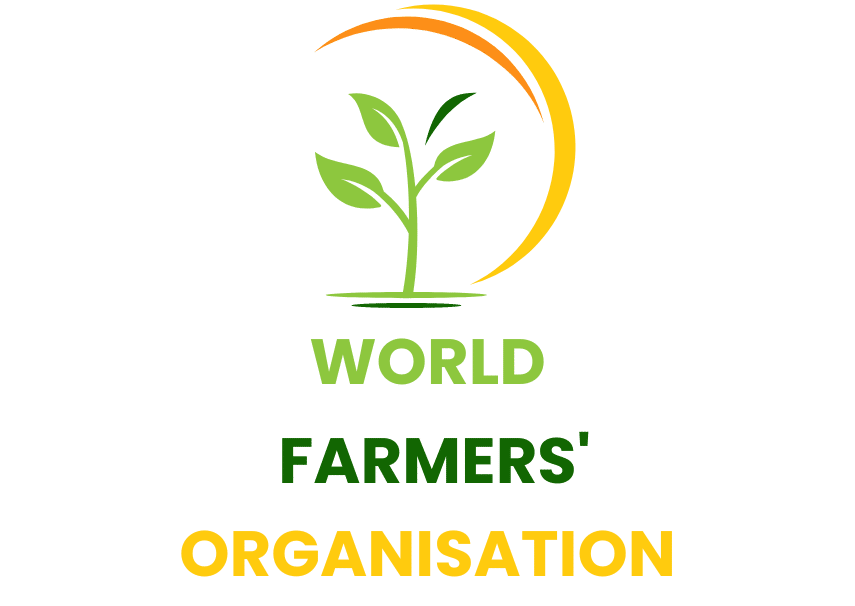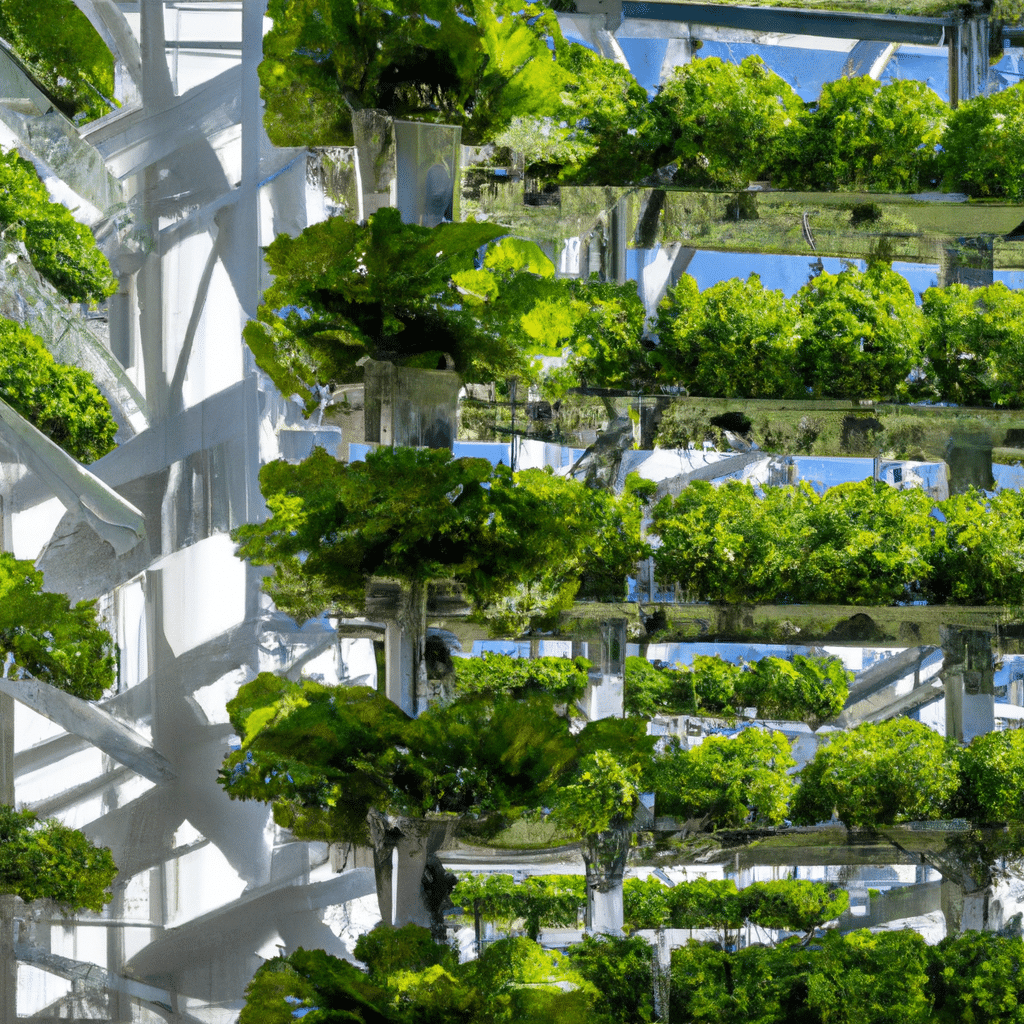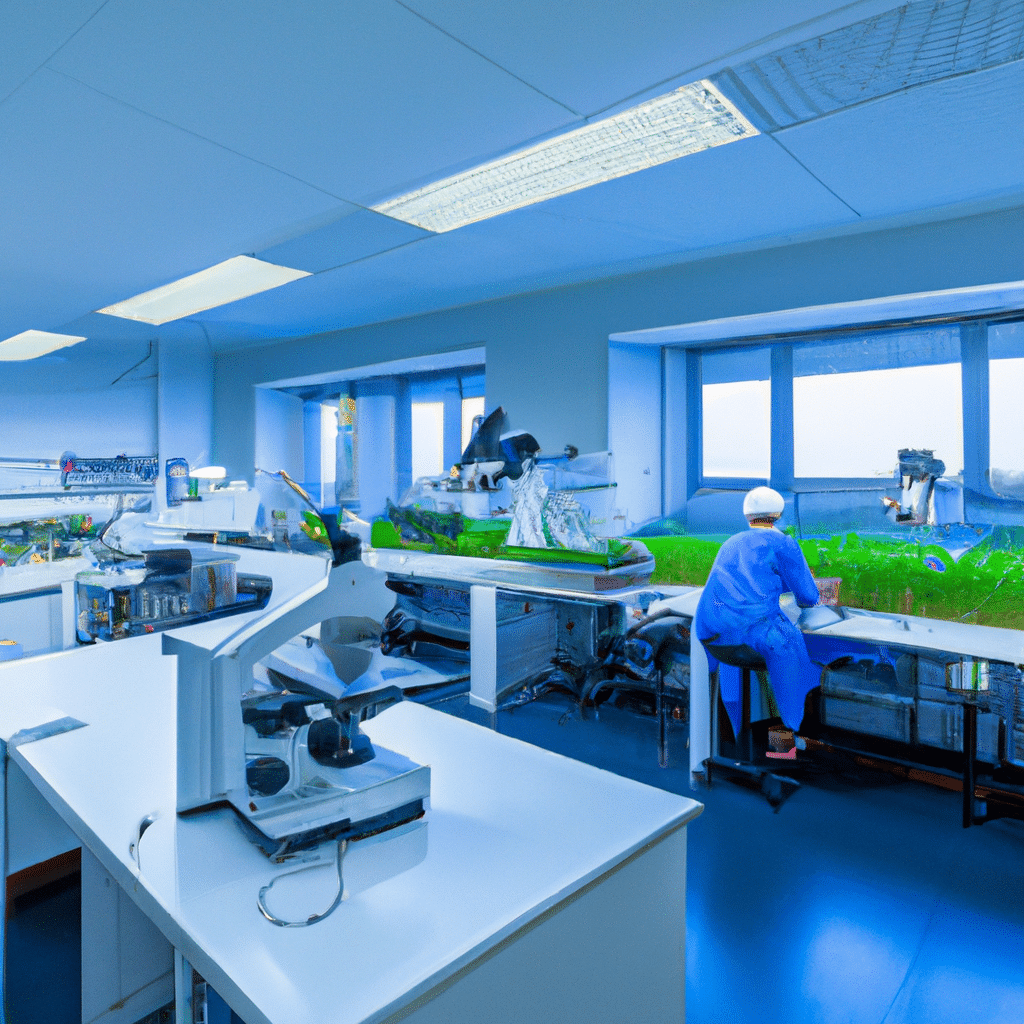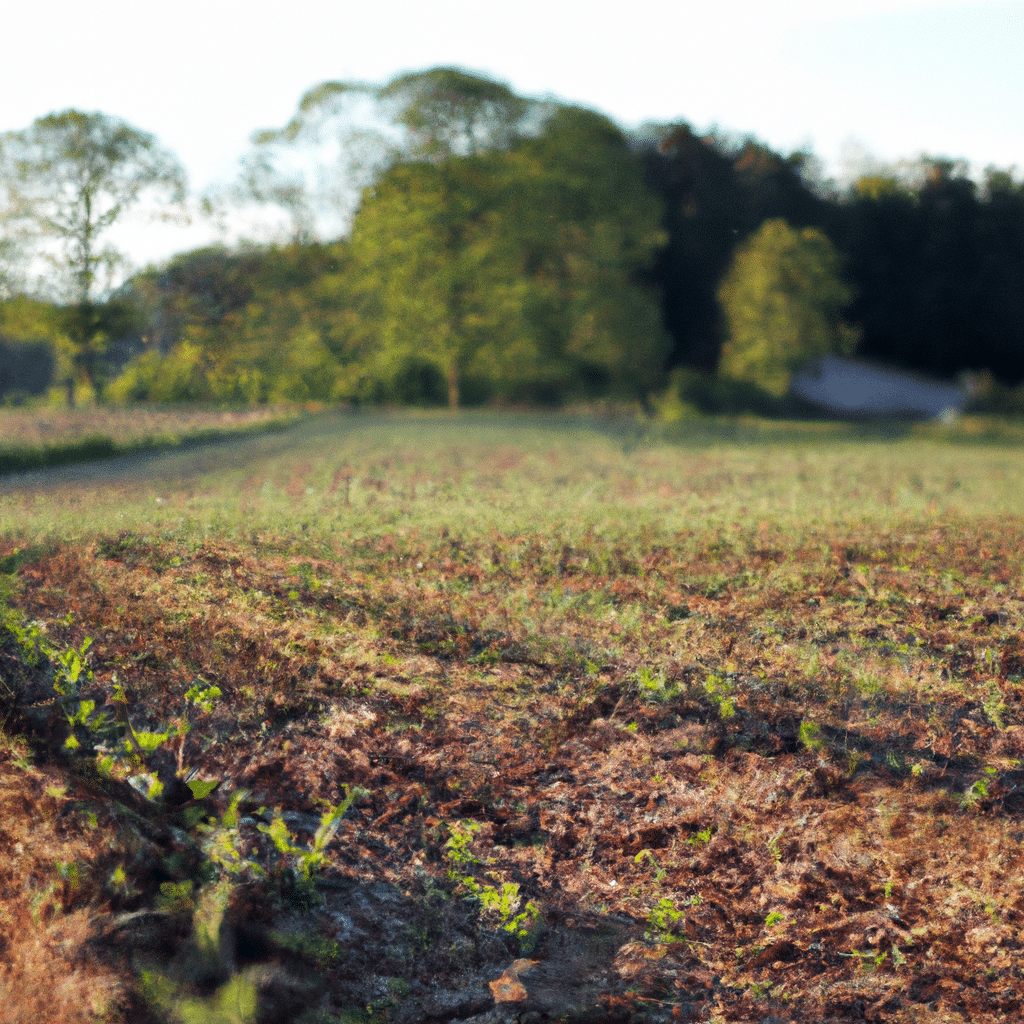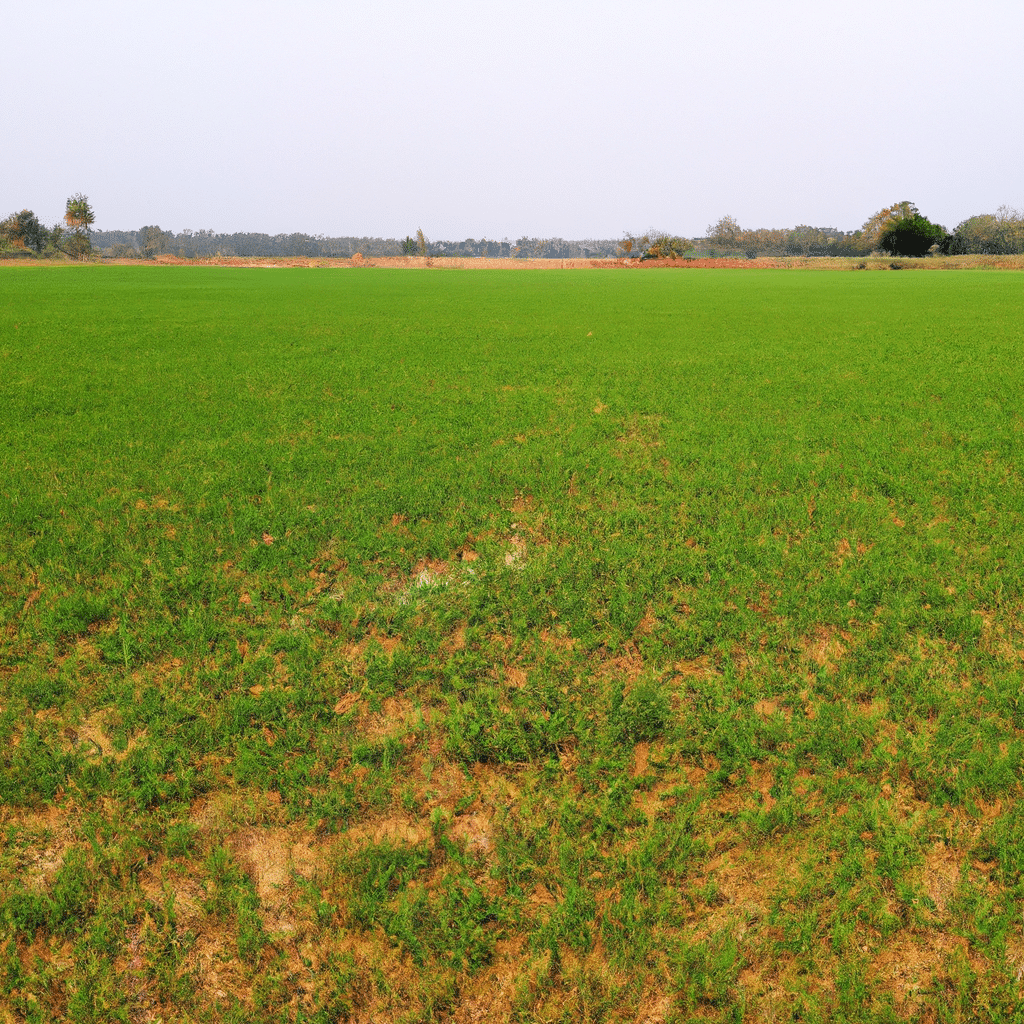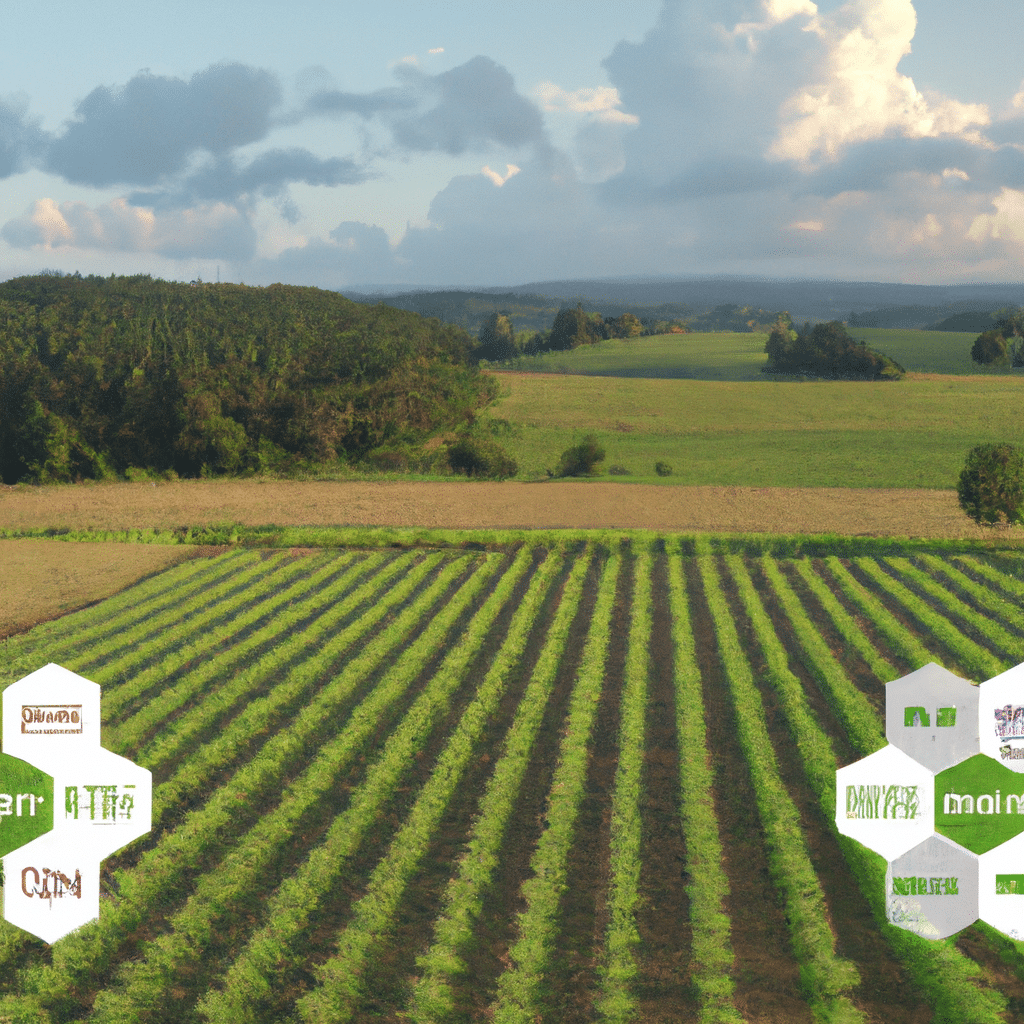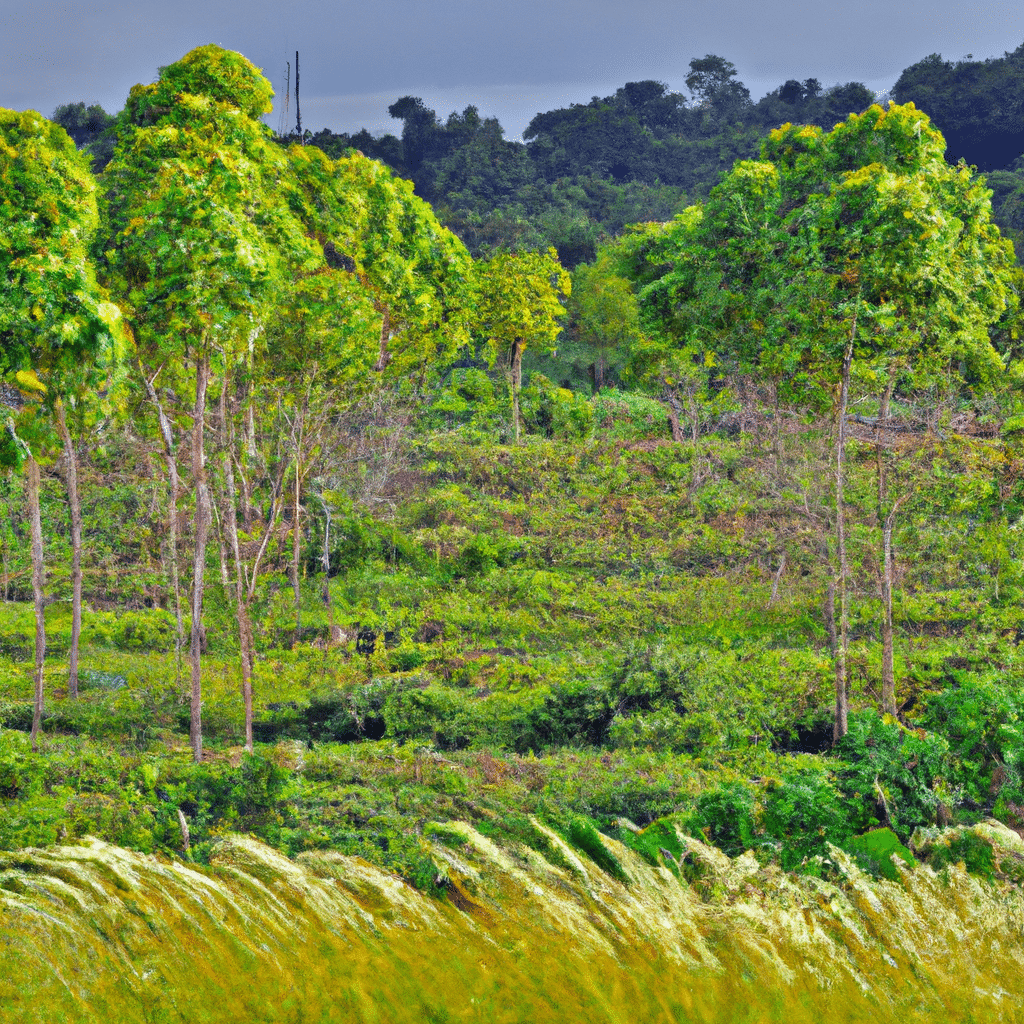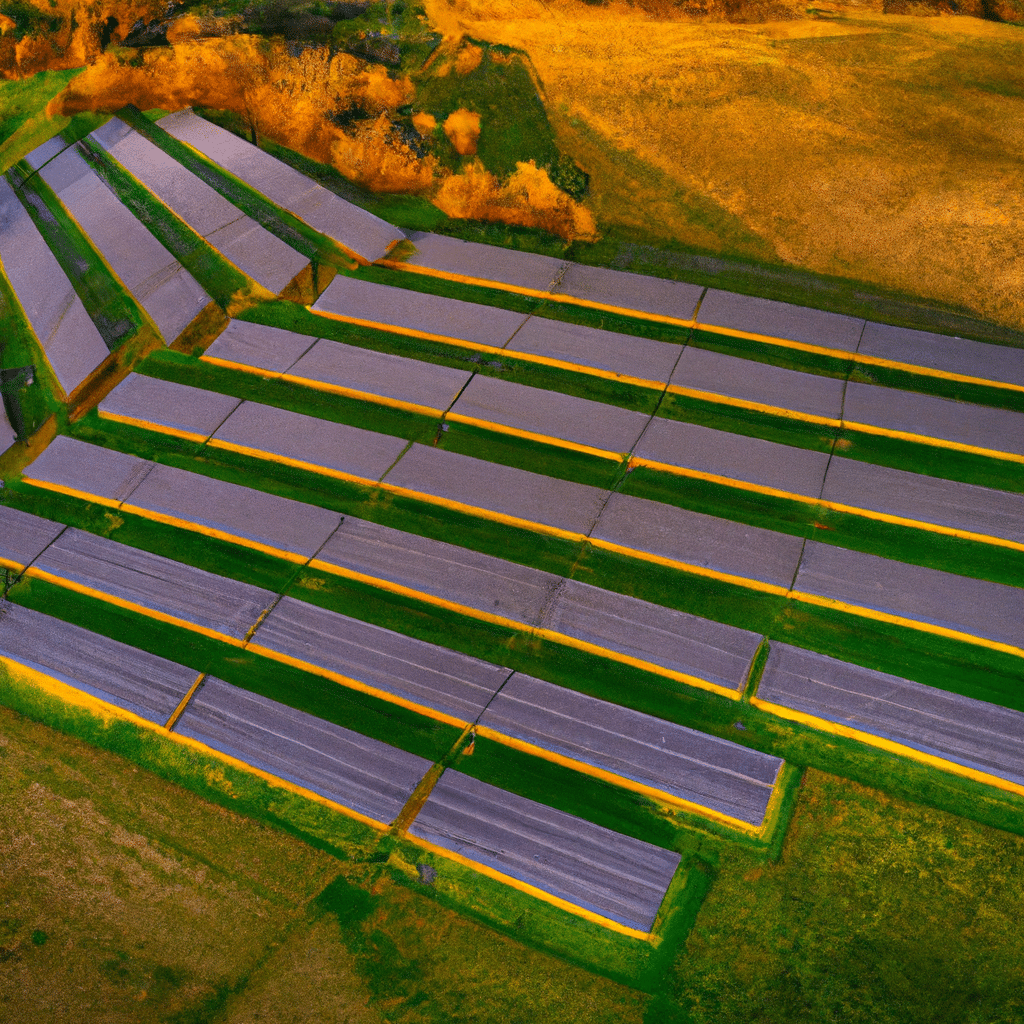Climate change is an undeniable reality that has far-reaching implications for various sectors, including agriculture. As the Earth’s temperature continues to rise, farmers around the world are faced with numerous challenges that impact their livelihoods and the global food supply. In this article, we will explore how farmers are navigating these challenges and implementing innovative strategies to adapt to the changing climate.
Understanding the Impact of Climate Change on Agriculture
Climate change manifests in various ways, including increased temperatures, changing rainfall patterns, and more frequent extreme weather events. These changes have profound effects on agricultural productivity, posing significant risks to crop yields, livestock health, and overall farm profitability. Farmers must grapple with a multitude of challenges, ranging from droughts and heatwaves to floods and pests, all of which can devastate their operations.
Rising Temperatures and Heat Stress
One of the most notable effects of climate change is the increase in average global temperatures. Rising temperatures can lead to heat stress in crops and livestock, affecting their growth and health. Heat stress reduces crop yields, impairs animal performance, and increases the risk of diseases. Farmers are now compelled to explore heat-tolerant crop varieties and adopt cooling measures for livestock, such as shade structures and water misting systems.
Changing Rainfall Patterns and Droughts
Climate change also alters rainfall patterns, resulting in more frequent and intense droughts in some regions. Droughts can have severe consequences for agriculture, as they deplete soil moisture and limit water availability for irrigation. Farmers are adopting water-efficient irrigation systems, implementing rainwater harvesting techniques, and practicing conservation agriculture to mitigate the impacts of droughts. These strategies help farmers optimize water usage and maintain crop productivity even in times of water scarcity.
Increased Flood Risks
Conversely, climate change can also lead to increased flooding in certain areas. Heavy rainfall events and rising sea levels contribute to floods, which can wash away crops, erode soil, and contaminate agricultural land with pollutants. To combat these risks, farmers are implementing strategies like building flood-resistant infrastructure, adopting flood-tolerant crop varieties, and implementing improved drainage systems. These measures help safeguard their farms against the detrimental impacts of flooding.
Shifting Pest and Disease Patterns
Climate change influences the geographic distribution and behavior of pests and diseases, posing additional challenges for farmers. Warmer temperatures can accelerate the life cycles of pests, increase their reproduction rates, and expand their habitats. Farmers are integrating pest-resistant crop varieties, implementing integrated pest management practices, and enhancing monitoring systems to detect and control pests and diseases effectively. These measures help minimize crop losses and reduce the reliance on chemical pesticides.
Innovative Solutions: Adapting to Climate Change
In the face of climate change, farmers are demonstrating remarkable resilience and adaptability. They are embracing innovative solutions to mitigate the impacts of climate change and ensure the sustainability of their operations. Let’s explore some of these solutions:
Precision Farming and Smart Technologies
Precision farming techniques, coupled with advancements in smart technologies, play a vital role in helping farmers adapt to climate change. Using satellite imagery, drones, and sensor technologies, farmers can monitor crop health, soil moisture levels, and weather patterns in real-time. This data enables them to make informed decisions regarding irrigation, fertilizer application, and pest control, optimizing resource utilization and reducing environmental impact.
Crop Diversification and Rotations
Farmers are diversifying their crop portfolios and implementing crop rotations to enhance resilience to climate change. By growing a variety of crops, farmers can mitigate the risks associated with changing climatic conditions. Different crops have varying tolerances to heat, drought, and pests, ensuring that at least some crops can thrive under adverse conditions. Crop rotations also contribute to soil health, reduce pest pressure, and improve overall farm sustainability.
Agroforestry and Climate-Smart Land Management
Agroforestry, the practice of integrating trees and shrubs into agricultural systems, offers numerous benefits in the face of climate change. Trees provide shade, windbreaks, and additional sources of income through timber and fruit production. They also enhance soil fertility, sequester carbon dioxide, and contribute to climate change mitigation. Farmers are increasingly adopting agroforestry practices to enhance the resilience and sustainability of their farms.
Improved Water Management
Water management is crucial for farmers dealing with changing rainfall patterns and water scarcity. Implementing techniques such as drip irrigation, mulching, and conservation tillage helps conserve water, reduce soil erosion, and improve soil moisture retention. Farmers are also investing in water storage infrastructure, such as ponds and reservoirs, to capture and store rainwater during wet periods for use during drier times. These measures enhance water availability and resilience against droughts.
Community Collaboration and Knowledge Sharing
Farmers are recognizing the significance of collaboration and knowledge sharing in adapting to climate change. They are forming farmer networks, participating in workshops, and engaging with agricultural extension services to exchange experiences and best practices. By learning from each other, farmers can identify effective adaptation strategies and collectively build resilience within their communities.
Conclusion
Farming in a warming world poses immense challenges for farmers worldwide. However, through innovative solutions, adaptability, and collaboration, farmers are successfully navigating these challenges. Precision farming, crop diversification, agroforestry, improved water management, and community collaboration are just a few examples of the strategies farmers are implementing to thrive in the face of climate change. As we move forward, it is essential to continue supporting farmers and promoting sustainable agricultural practices that prioritize climate resilience. By doing so, we can ensure food security and a sustainable future for generations to come.
